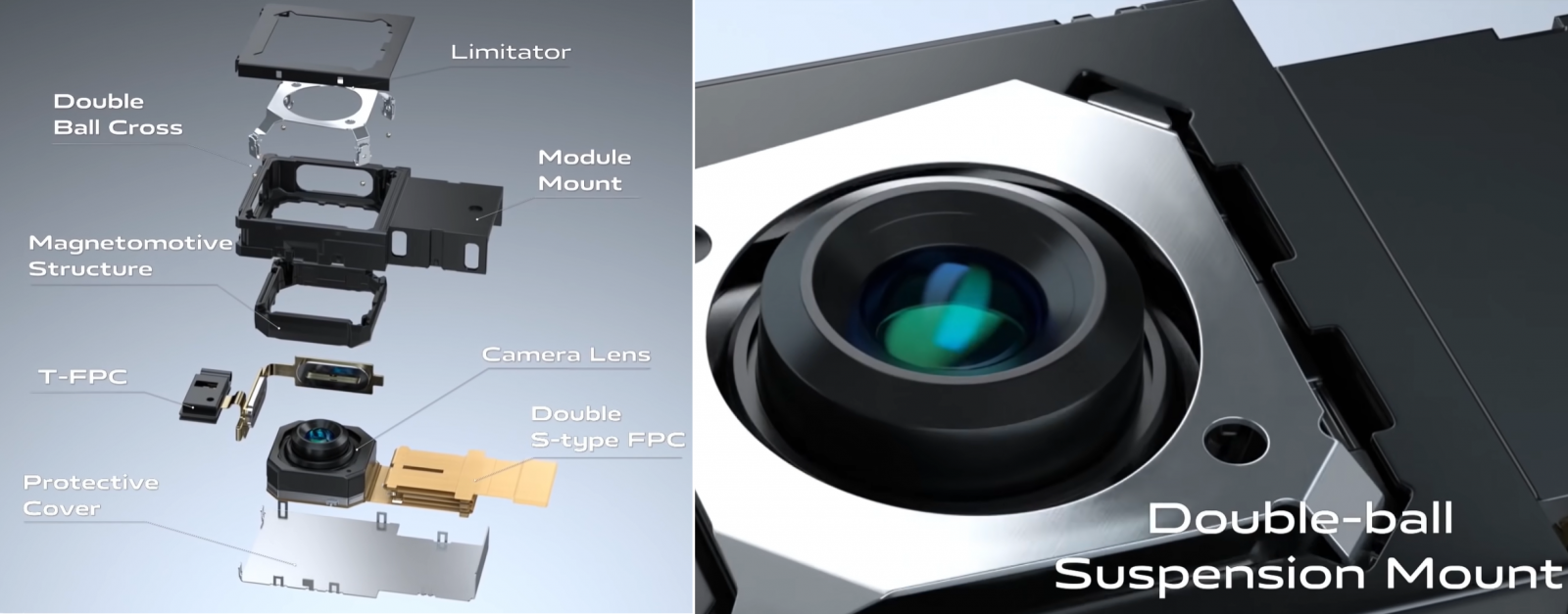Google’s upcoming Pixel 6 and its Pro variant are the talk of the leak arena these days. Weeks after alleged renders showcasing a wild redesign surfaced online, some key specs about the camera hardware also popped up. Now, a reliable leakster has tweeted that the imaging upgrades are not just about more megapixels and higher zoom range, but there’s another noteworthy hardware innovation in the pipeline as well. That upgrade is allegedly a ‘gimbal like steady cam mode.’
Pixel 6 stuff
Gimbal like steady cam mode
Bigger Samsung sensor, Google custom NPU and ISP -> better than pixel 5
Big improvements in video
— Tron ❂ (@FrontTron) May 26, 2021
Leaskster Tron (@FrontTron) also claims that aside from a gimbal stabilization mode, the Pixel 6 will also come equipped with a larger Samsung sensor. Additionally, the improvements in NPU (Neural Processing Unit) and ISP (Image Signal Processor) will ensure a better video capture output. While Pixel smartphones have excelled at still photography – thanks to Google’s computational photography magic – they’ve lagged behind the video capture prowess of Apple and Samsung flagships.
Can the Pixel 6 finally excel at video capture, and catch up with iPhones?
But let’s address the major leak here – a gimbal-like steady camera mode. Now, this is not exactly a new technology, and neither is it the first time that it is appearing on a smartphone. Chinese smartphone maker VIVO equipped its X50 Pro with a similar gimbal-like stabilization tech last year, and continued to refine it with the debut of X60 series this year. So, how actually it works?
Tap to see the full-sized image (Credit: VIVO)
In theory, the gimbal camera system is actually a more refined take on the traditional Optical Image Stabilization (OIS) system that you’ll find on many smartphones these days. In this case, the gimbal hardware employs a magnetic frame that is controlled by voice coils and a suspension bridge bracket that relies on ball bearings to connect with the base. This arrangement allows X-axis and Y-axis movement of 3-degrees each, which is much higher than what traditional OIS can achieve.
So, what’s the bigger picture here? Well, a higher degree of axial freedom means better stabilization when recording videos. When paired with EIS (Electronic Image Stabilization) and the improved two-axis movement of the OIS system, the system becomes more efficient at negating hand movements, and thus, your videos appear more stable. VIVO claims that the new tech essentially turns your phone into an action camera.


